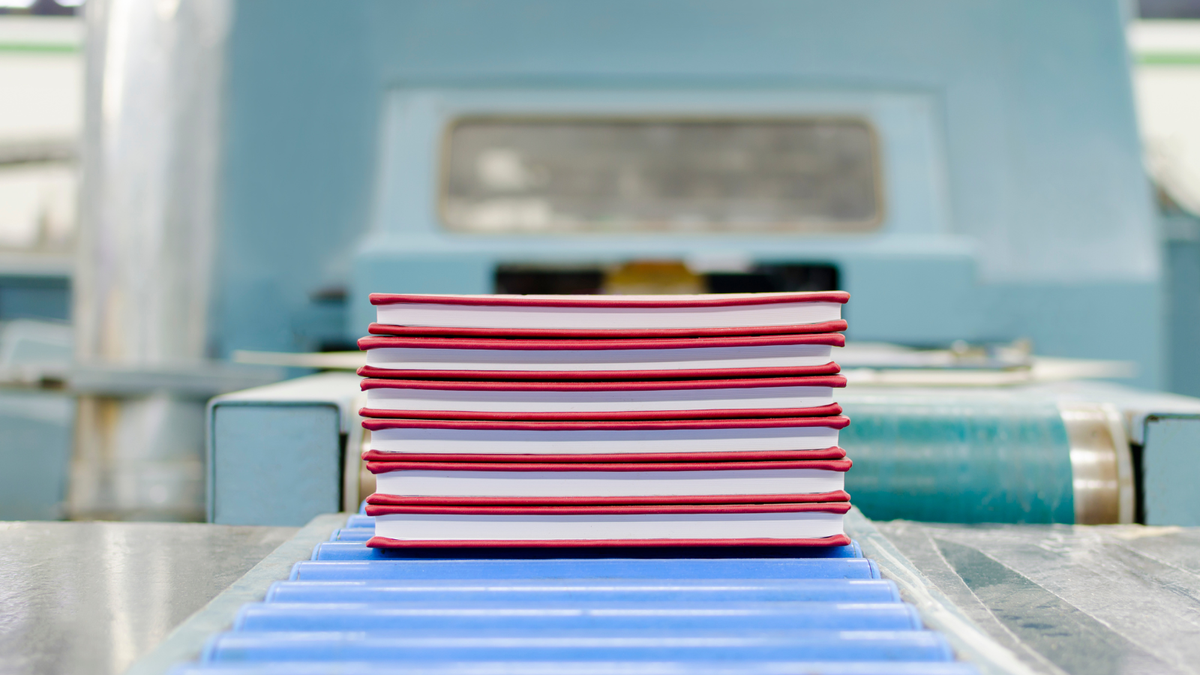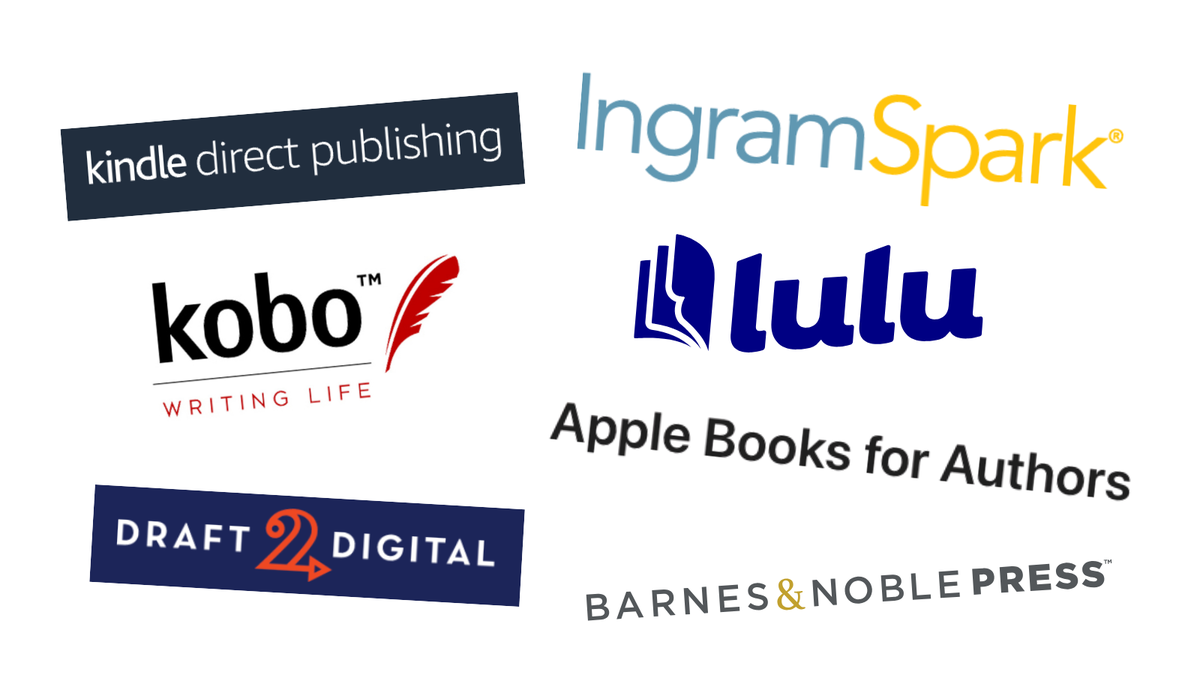
16th October, 2024
5 min read
POD vs. Print Run: What is right for a self-published author?
Written by:
Chloe May
For authors looking to self-publish, understanding the differences between print on demand (POD) and a print run is crucial. These two methods represent distinct approaches to book production, each with its own advantages and limitations, depending on the author’s goals, budget and distribution strategy.
In this article, I will explore the key benefits and downsides of both printing options. By the end, readers will have a clearer idea of which option is more suitable for them depending on their desired outcomes of their publishing experience.
Print on demand
Print on demand is a relatively new method of book production enabled by advancements in digital printing technology. With POD, books are only printed when an order is placed, whether it's a single copy or a small batch. This system eliminates the need for authors to maintain inventory or pay for large print runs upfront. Instead, the POD service handles the printing, binding and even shipping of books as they are ordered.
Pros of POD
The major advantage of POD for authors is low upfront costs. Since books are only printed when there’s a sale, authors don’t need to invest large sums of money into printing a number of copies that might not sell. POD also eliminates the need for authors to maintain inventory or pay for large print runs upfront. Instead, the POD service handles the printing, binding, and even shipping of books as they are ordered.
Another advantage of POD is widespread online availability. POD suppliers generally have printers all around the world and by listing a book on one of these platforms, an author can gain access to all of these locations. Since books are printed and shipped directly to the customer from a local printing place, authors can reach a global audience easily.
Additionally, POD offers flexibility. Corrections to typos or layout issues, as well as updates to outdated information, can be made without the financial burden of scrapping unsold copies from a previous print run.
Cons of POD
However, there are some trade-offs. POD printing costs per unit are generally higher compared to print runs. This can lead to slimmer profit margins for authors and often necessitates pricing the book at a higher than market-average price which can lead to reduced sales.
A key drawback of POD which we often encounter at Troubador is that printing a book on print-on-demand often excludes physical bookshop distribution and stocking in the UK. Due to the fact that each POD copy is printed ‘to demand’ and therefore unable to be returned, the traditional ‘sale or return’ model operated by most bookshops does not work for books on a POD basis.
Finally, while the quality of POD books has improved in recent years, a POD book is unlikely to match the high standards of a book produced through a traditional print run. There also may not be suitable POD options for high-specification books, including those at a bespoke size and with extensive colour imagery. Cover finishes which can be achieved with a traditional print run – such as foiling, sprayed edges and spot UV – are not possible using the POD method.
Print Runs
A print run is the traditional method of book production where a predetermined number of copies are printed in one go. Authors must decide how many copies to print and pay for the entire batch upfront – the total cost depending on the book’s length, format, binding options and whether the book is in colour or black and white. At Troubador we regularly work with authors who are printing between 50–300 copies, but also many who go on to print into the thousands of copies.
Pros of a Print Run
A key advantage of a print run is the lower cost per unit. The more copies an author prints in one go, the cheaper each individual book becomes. For authors who are confident that they will be able to sell the stock they have printed, this can lead to a much higher profit margin on each sale and the ability to price the book at a more competitive price point and still turn a profit.
Additionally, print quality from offset printing is often superior, with better colour accuracy, paper quality and binding options compared to POD, notwithstanding a greater access to premium cover finishes that will make a book stand out on a bookshop shelf.
And, speaking of bookshops, having stock on hand means that an author stands a significantly better chance of having their books stocked in physical bookshops compared to a book produced via POD. As mentioned previously, POD books are unlikely to be stocked in bookshops, but a print run partnered with a reputable distributor such as Troubador means that a self-published author can stand a very good chance of seeing their books stocked on bookshop shelves. At Troubador, we have direct distribution relationships with the major UK retailers – Amazon, Gardners and Waterstones – as well as many local bookshops and other retail outlets.
Cons of a Print Run
While the unit cost for a print run is lower, there’s no denying that a print run involves an upfront cost that POD doesn’t. This can be a risk, especially if sales are slower than expected.
With a short print run, authors need to consider how they will store, pack and distribute their books to retailers. Storing physical copies of books yourself can be cumbersome and costly and restrict access to retailers. At Troubador, we offer warehousing and distribution services for authors publishing with us, but also to authors who have produced a print-run themselves and are looking for a distribution partner. It is crucial that an author gives due consideration to how their physical books will get to retailers before they decide which printing option to opt for.
Once a short print run is completed, any changes can’t be easily made until the existing copies are sold or discarded – this could be to the cover or interior text design. This is less flexible than print on demand, where authors can update the book file at any time without needing to reprint unsold copies.
Combining both options?
In any particular territory, it’s advisable to have either a print run or POD set up as your main distribution option but that’s not to say you can’t utilise both methods in order to make your availability as widespread as possible. At Troubador, our authors often use a print run in the UK in order to have the cover finishes they want and increase their chances of widespread availability in both physical bookshops and online retailers, but then produce a separate POD edition which we upload to POD platforms in order to increase the book’s chances of availability overseas.
Conclusion
In summary, print on demand offers low-risk flexibility with higher per-unit costs and slightly reduced quality, making it a good option for authors with a smaller budget or looking to test the self-publishing waters. Print runs require a larger upfront investment and present risks in terms of unsold inventory, but are generally a higher-quality product with a greater access to physical bookshops. Authors must weigh their goals, budget and audience when choosing between the two options. Both models have their strengths, and understanding these differences allows authors to make informed decisions in their self-publishing journey.












